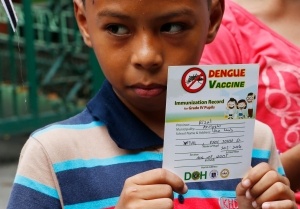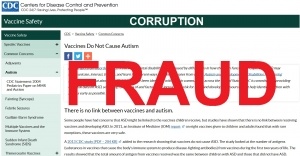Incentivizing Pediatricians to Be Vaccine Bullies
It is quite common for pediatricians (and family doctors) to encounter parents who refuse one or more infant vaccines, most often due to safety concerns. These concerns also mean that pediatricians frequently get requests to modify or delay the vaccine schedule—nearly three-fifths (58%) of pediatricians reported such requests in a 2014 AAP survey. Rather than recognize the validity of parents’ safety concerns or admit to their own ambivalence about some of the newer vaccines, many pediatricians—nearly two in five according to some estimates—choose to boot uncooperative families out of their practice. A recent Medscape survey indicates that one of the main things that pediatricians dislike about their job is “dealing with difficult patients.” However, when pediatricians dismiss families whose only crime is the desire to make informed and individualized health care decisions on behalf of their children, the doctors are doing more than just unprofessionally dumping “difficult” patients—they also are protecting their bottom line. Dr. Bob Sears confirms that HMO plans use incentive practices, conducting year-end chart reviews and awarding large bonuses to pediatric practices that score well. Dr. Sears explains: “This bonus varies depending on the number of patients the doctor sees. One of the requirements for a patient’s chart to pass the test is that they are fully vaccinated. […] Such incentives…end up forcing a doctor to consider the financial implications of accepting patients who even just want to opt out of one vaccine. …Maybe a few such families wouldn’t make them fail the chart reviews, but if they have too many, there goes their year-end bonus.”













